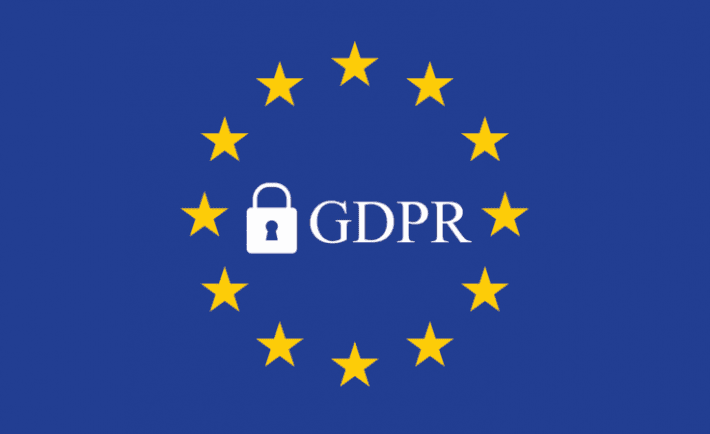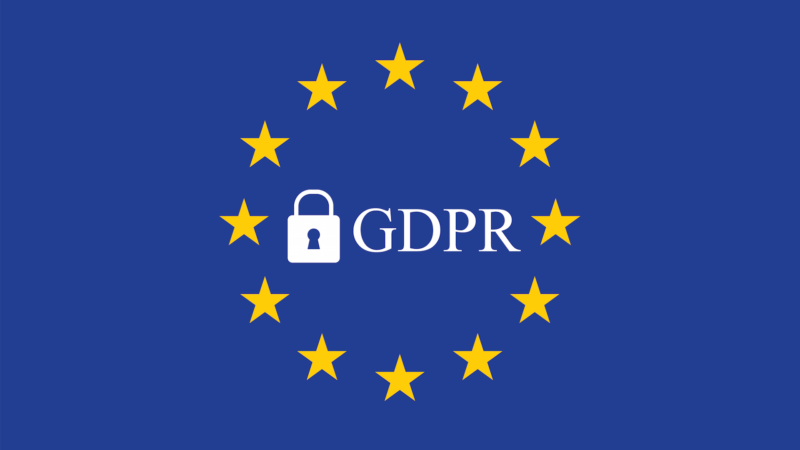
Is your website in-line with the General Data Protection Regulation (GDPR) or are you still not aware of how to do it effectively? The GDPR, which has been implemented across Europe has been designed to protect the user data and give them the choice of how they want their data to be shared, this law also has been implemented to update the way organizations handle user data privacy.
Here are 8 tips which will help you change your website to be GDPR compliant:
1. Add Privacy Policy:

Your privacy policy needs to mention clearly what you are going to do with the data gathered and how are you gathering the data. Also, explain how they can have their data removed from your site. If you are running a company, then the database of the collected data may be large which might be difficult to handle hence hire a full time Data Protection Officer who can monitor the data for you or instead of that a more efficient way is to use the Siteimprove data privacy solution which will easily do all these tasks for you.
2. Cookies:
The users also need to agree to the use of cookies hence the option for the users to agree or disagree should be given as a pop-up as soon as they land on your page. Do not forget to add a ‘disagree’ option as the user may be visiting the site only once hence do not wish to agree to this policy. You also need to add the use of cookies in your privacy policy to be transparent to the audience. Also, include the details of third-party plugins which may be using cookies. Also, you can advise the users how they can opt-out of cookie tracking by changing their browser’s privacy settings.
3. Provide Easy Opt-Out:

If a user wants to remove their data from your site, it should be easy to do that, and you should immediately comply with their request. This means unsubscribing to your email list via providing a link on the emails sent to the user and providing the same link on your site as well so that it is clearly in front of the users to be accessed easily. Hiding such links is only going to make your site look less credible.
4. Create Transparent Website Forms:
Pre-ticked checkboxes in the form is a way to lure users to sign up for something they are not even aware of, do not use this tactic as they may lose their trust in you. Let the users decide if they want to check that box or not, hence leave it blank. Give the users enough option to choose from the way they wish to be contacted, email or phone. If you will be sharing customer details with a third party, then be transparent about it and give them an option to accept or reject it.
5. Get an SSL certificate:
As we all know that sites without SSL certificate are not safe to browse as their maybe a security issue hence make sure to get an SSL certificate for the site so that your site is encrypted and secure hence the user’s data is safe and they can browse through your site without any fear of a data breach.
6. Secure Online Payments:

Do not add a pre-checked box to store the user card details, many sites do this and users miss seeing it. Most people are not comfortable sharing their card details with websites, let alone save it in their database which can be breached hence make sure to abide by the policy that lets the user choose what they prefer. Use an SSL if yours is an e-commerce site so that the site is well encrypted and secure. Even if your site stores this data, implement a policy that you will remove the personal information from your database within 90 days.
7. Ask Permission for Re-Marketing:
If you are going to collect user data of their search history and re-market based on their previous searches, then add this in the privacy policy clearly to avoid any GDPR breach but as per the regulation, you will also have to provide them with an option to opt-out.
8. Social Media Marketing using Opt-in:

If you plan on using your email listing to do social media marketing, then you will have to first take permission from the users by including a relevant checkbox in the opt-in form. If they are not interested to continue with the same in the future, they should be provided with an opt-out option too.
In Conclusion:
Making your website GDPR compliant will not only protect you from lawsuits but also improve your customers’ trust in your brand hence resulting in the growth of your business.




